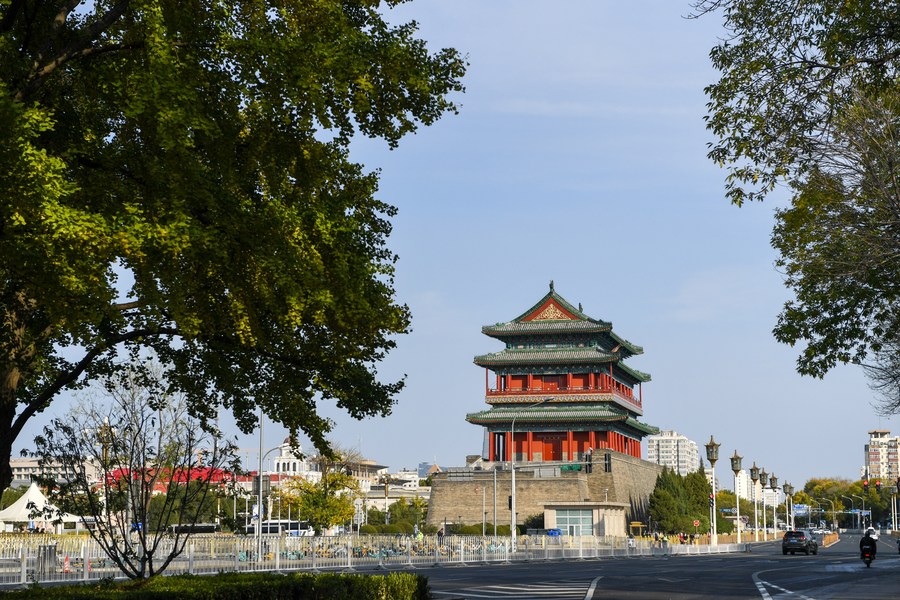еҸӮиҖғж¶ҲжҒҜ

Heritage survey highlights modern-era sites, architecture

This photo taken on Nov. 6, 2023 shows the Zhengyang Gate, or Qianmen Gate, which was listed
as one of the protection units of key national cultural relics in 1988, on the Beijing Central Axis in Beijing, capital of China. [Photo/Xinhua]
China's ongoing fourth national cultural heritage survey will prioritize the identification of historic sites and architectural works from the modern era, according to a directive that the National Cultural Heritage Administration made public on Monday.
The circular urges local authorities to step up their investigations of modern-era buildings with regional features, distinctive styles, special functions, or historic value -- especially those tied to local industrial or community development, or designed by prominent architects.
It stipulates that qualifying sites should be documented and added to the national heritage protection system, regardless of previous designation status.
It also calls for strengthened efforts to identify cultural relics linked to major phases of contemporary Chinese history, including the legacy of the Communist Party of China, the founding of the People's Republic of China, the country's reform and opening-up period, and the evolution of socialism.
A separate circular from the survey's leading group office issued on the same day emphasizes intensified discovery work in historically significant areas such as old city centers, famous towns and villages, heritage districts, and traditional rural settlements.
All structurally intact buildings built before 1911 should be surveyed and protected if they meet relevant criteria.
Launched in 2023 and running through 2026, the ongoing survey is China's first national cultural heritage survey in over a decade, marking a major nationwide effort to reassess and expand the country's cultural relics inventory.













